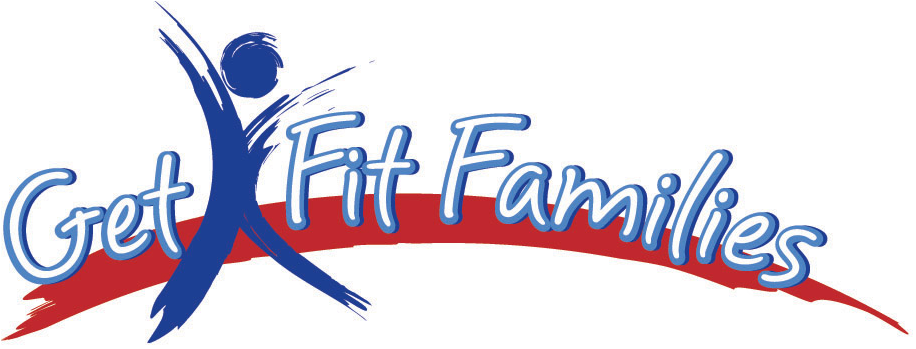Top Tips for Off-Season Open Water Swim Training
The off-season is a critical time for athletes to focus on building strength, refining techniques, and enhancing skills that may not be the primary focus during competition season. For swimmers, this period provides a valuable opportunity to elevate their open water swim training. In this article, we will explore top tips to maximize your off-season training, including essential drills and techniques to improve your open water swim performance.
Enhancing Open Water Swim Training
Mastering Sight and Crowded Conditions
One of the challenges swimmers face in open water is navigating unfamiliar surroundings. To improve your open water swim training, incorporate drills that simulate real-life conditions. Start by practicing sighting during most swim workouts. Sighting involves briefly lifting your head to ensure you're swimming in the right direction. This skill is crucial when navigating open water, where you don't have the convenience of pool lane markers.
Additionally, gather a group of friends and simulate crowded conditions. Learning to navigate through a crowd is essential for open water races where participants often swim in close proximity. Practice swimming side by side, mimicking the experience of being surrounded by other swimmers. This will help you develop the spatial awareness needed to avoid collisions and maintain a steady pace.
Take it a step further by finding a friend you can draft off of during workouts. Drafting involves swimming closely behind or beside another swimmer to reduce resistance. This technique is particularly useful in open water, where energy conservation is crucial. Practicing drafting in the pool with a friend will help you refine this skill and gain confidence in executing it effectively during open water races.
To enhance your open water swim training further, swim with a friend and practice passing one another in the pool. This drill helps you get comfortable with overtaking and being overtaken—a common scenario in open-water races. Mastering these skills in a controlled environment will make it easier to navigate the complexities of open water swimming.
Building Strength with Challenging Drills
Building strength during the off-season is vital for swimmers looking to improve their overall performance. A simple yet effective way to achieve this is by tying your feet together while swimming. This unconventional drill forces your upper body to work harder, engaging more muscles and promoting increased strength.
Experiment with using a pull buoy in conjunction with tied feet. The buoyancy from the pull buoy will challenge your upper body even more, providing an excellent full-body workout. Keep in mind that maintaining balance is crucial during this drill. If you find yourself struggling to stay afloat, it indicates areas of weakness that need attention. With consistent practice, you'll not only improve your strength but also enhance your overall swimming efficiency.
Set measurable goals by attempting to swim across the pool with your feet tied together. Start with shorter distances and gradually increase as you build strength and confidence. The ultimate aim is to complete a set of 50s with good form and efficiency, showcasing the positive impact of this challenging drill on your swimming abilities.
Mastering Breathing Techniques
Optimal Breathing for Efficient Swimming
Proper breathing is a fundamental aspect of swimming, and mastering it can significantly impact your performance, especially in open water. Many beginners make the common mistake of breathing in too soon, leading to swallowing water and disrupting their rhythm. To overcome this challenge, focus on exhaling all the air underwater and continue breathing out as you come up to breathe.
A helpful tip is to breathe by your shoulder rather than looking up at the ceiling. Maintaining eye contact with the lane rope while breathing helps prevent over-rotation of your body. This simple adjustment ensures that your body stays streamlined, reducing drag and enhancing your overall efficiency in the water.
Practicing controlled breathing is crucial for open water swims, where external factors such as waves and currents can make breathing more challenging. By developing the habit of exhaling fully before taking a breath, you'll be better equipped to handle varying conditions in open water and maintain a steady pace.
Conclusion
As you embark on your off-season training journey, remember that consistency is key. Incorporate these top tips for open water swim training into your routine, and you'll emerge from the off-season stronger, more skilled, and well-prepared for the challenges of competition. Whether you're refining your techniques, building strength with challenging drills, or mastering optimal breathing, each element contributes to your overall success as a swimmer. So dive in, embrace the off-season, and emerge as a more formidable competitor in the open water.
Dive Deeper with Get Fit Families: Open Water Swim Clinics and a Youth Team Atmosphere
As we delve into the realm of open water swim training, it's essential to highlight the valuable resources available to enthusiasts through Get Fit Families.
Embrace the summer months from May to September by participating in their Open Water Swim Clinics, designed to enhance your skills and confidence in the open water.
For youth seeking a team atmosphere, the Get Fit Family Tri Team offers continuous training opportunities, working closely with experienced swimming coaches to refine techniques and optimize performance on race day.
Beyond the clinics, Get Fit Families hosts various events throughout the year, fostering a community of passionate individuals dedicated to achieving their fitness goals.
Let's explore the wealth of opportunities waiting for you on this exhilarating journey with Get Fit Families.


